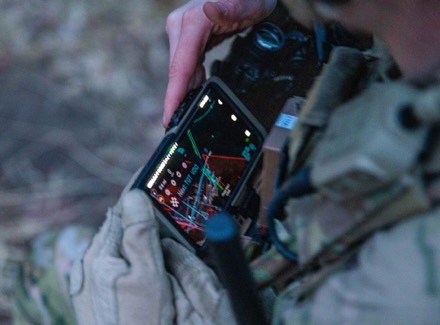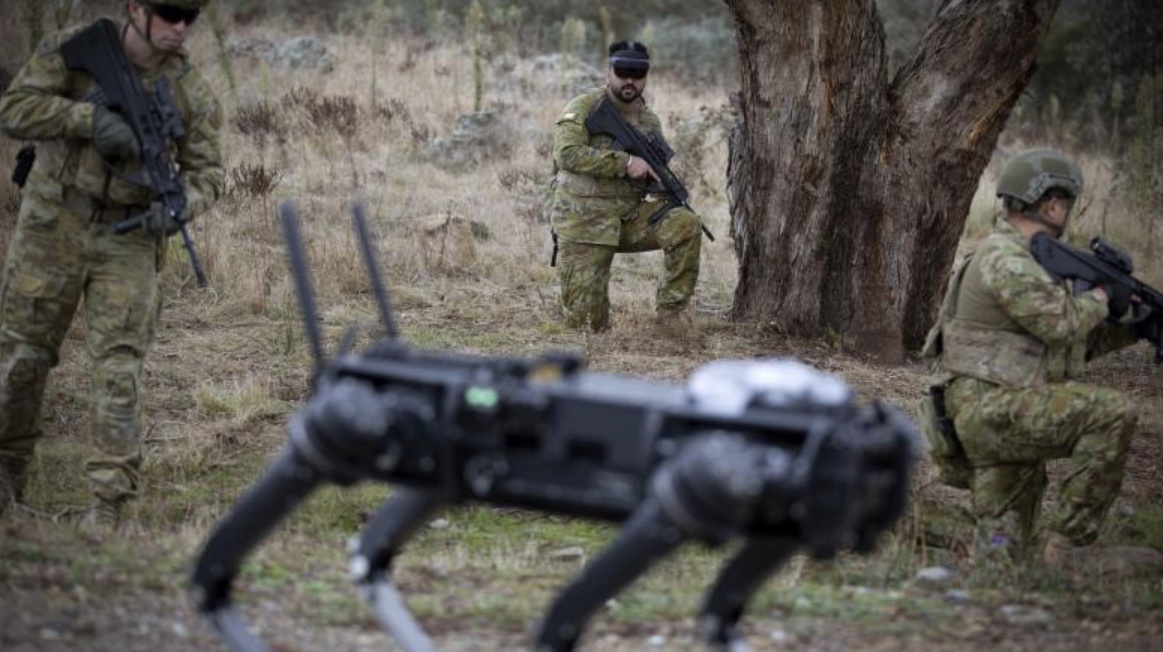The USSOCOM Small Business Innovation Research (SBIR) program will soon be accepting submissions for the technology area of interest below.
Special Area of Interest
PHASE I:
SOCOM234-003: Visual Augmentation Systems (VAS) Range Finder
SOF ground forces require an improved capability for situational awareness allowing reliable and effective day/night observation and range measurement in a small, low-cost, easy to use device in primarily urban or near- urban environments with ambient light sources.
Current observation and range measurement solutions possess the following requirements:
• requires digital integration
• requires low-light or night capability
• Too large
• Cost prohibitive
• Require active emission of laser energy
• Lack user-assistance, limiting the effective range
• Lack feedback mechanisms that allow the user to be sure of their measurement
Potential solutions should hyper enable the SOF operator by interrogating a potential target with its integrated sensors, organizing that gathered information in a useful manor, and reliably disseminating it via Tactical Assault Kit (TAK) interface to the End User Device (EUD).
Potential solutions include integrated sensing solutions capable of aiding the user in detecting human sized targets at the maximum possible distance for both day and night urban environments. Solutions must enable the user to gather range measurements to target types that include, but are not limited to humans, vehicles and buildings. Solutions utilizing a laser transmitter for range measurement must maintain user safety by using a laser with wavelength greater than 1400 nanometers and also by not exceeding the American National Standards Institute (ANSI) Class 1 laser hazard classification.
Potential solutions shall be capable of surviving all environments that SOF encounters, including immersion, transportation vibration, high and low temperatures, high humidity, high altitude, drops and shocks, rain, ice, sand and dust, salt fog, and electromagnetic radiation. Participants are encouraged to outline the design trades associated with surviving immersion at 1 meter for 30 minutes.
The innovative research should focus on solutions that can be adapted to meet the size, weight, and power (SWaP) constraints listed below.
• Less than 18 oz. (1.125lbs) with power source(s) installed.
• Less than 64 cubic inches in volume, and not exceed 6 inches in either length, width, or height.
• Potential solutions must provide the operator with the following runtime profile before requiring a change of power source.
o Daytime: 30 minutes of observation including 75 range measurements; and
o Nighttime: 30 minutes of observation including 75 range measurements; and
o 20 Rapid Ranging Events: A Rapid Ranging Event can be described as follows. User detects an object of interest while not using the device. User then picks up the device and utilizes its range measurement capability until user is confident, they have an accurate range measurement to the object of interest.
Clarifying Information: The purpose of this effort is not to generate precise target coordinates. For any target coordinates that the integrated sensing solution can generate, it should be able to communicate those digitally into TAK with all associated errors.
Submissions Open 20 July 2023 12:00 PM ET (Noon). On 20 July, SOFWERX will host a virtual Q&A session for the area of interest. RSVP to the Q&A session at events.sofwerx.org/sbir23-4r3.



















































































































